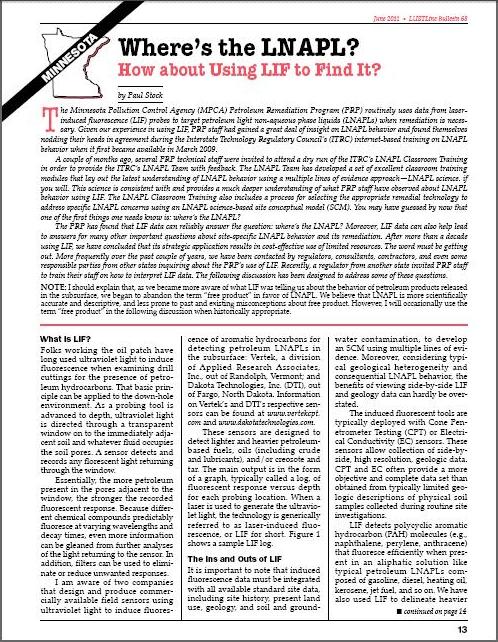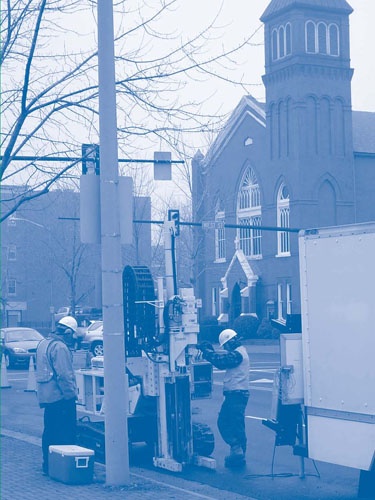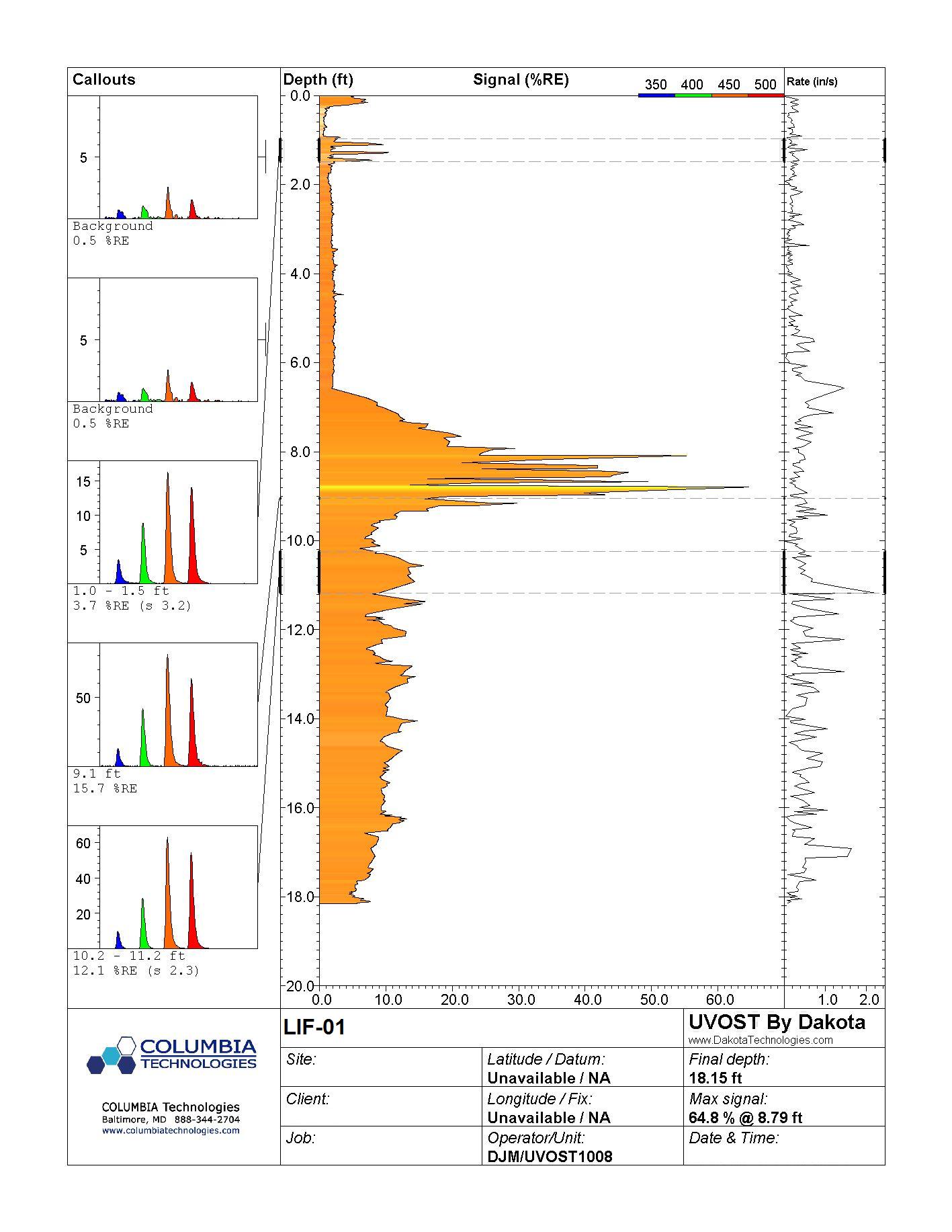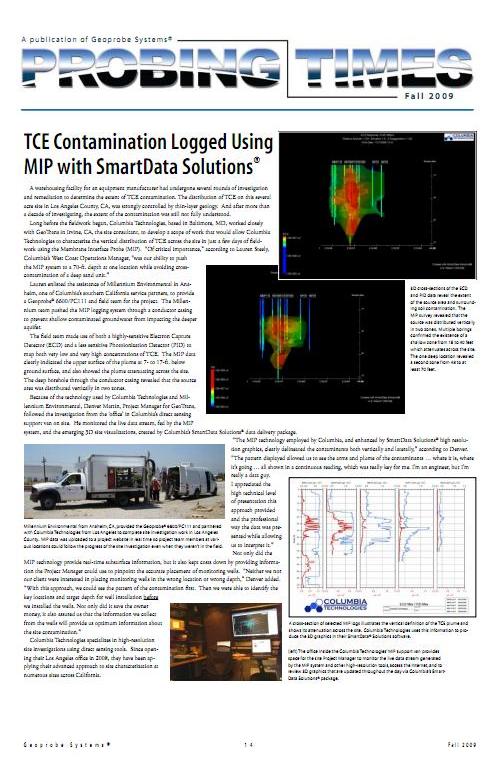NEIWPCC's LUSTLine Bulletin Features LIF to Answer the Question: Where's the LNAPL?
Article originally featured in the New England Interstate Water Pollution Control Commission...






